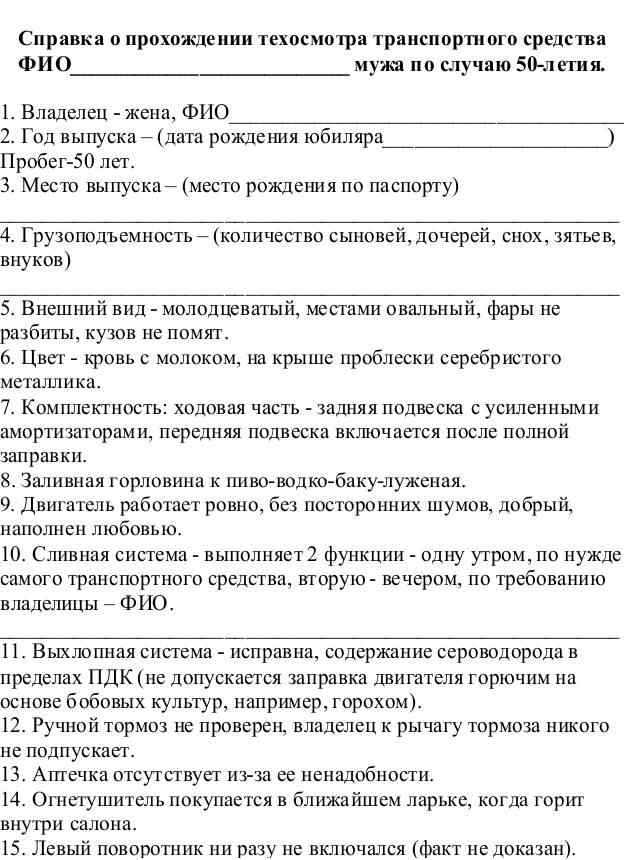Url HTTP://lipodd1.ru/ content type text/html http code 200 header size 264 request size 136 filetime -1 ssl verify result 0 redirect count 0 total time 0.668862 namelookup time 0.124473 connect time 0.180211 pretransfer time 0.180245 size upload 0 size download 505819 speed download 756238 speed upload 0 download content length 505819 upload content length -1 starttransfer time 0.237697 redirect time 0 redirect url primary ip 188.127.249.199 certinfo primary port 80 local ip 149.202.93.127 local port 38068. Domain name alternatives lipodd1tastic.ru, lipodd1shopper.ru, lipodd1only.ru, lipodd1cowboy.ru, lipodd1reality.ru, lipodd1covert.ru, lipodd1arts.ru, lipodd1bliss.ru, lipodd1material.ru, lipodd1authority.ru, lipodd1magic.ru, lipodd1speed.ru, lipodd1insights.ru, lipodd1performance.ru, lipodd1phase.ru, lipodd1gecko.ru, lipodd1trade.ru, lipodd1status.ru, lipodd1busters.ru, lipodd1io.ru, lipodd1metropolitan.ru, lipodd1relationship.ru, lipodd1vertical.ru, lipodd1vitamin.ru, lipodd1just.ru, lipodd1atlantic.ru, lipodd1easy.ru, lipodd1files.ru, lipodd1driven.ru, lipodd1simple.ru.
(May 1, 2016) • Total 221,801 • Density 14,679.09/km 2 (38,018.7/sq mi) () City office Shibuya 1-18-21, Shibuya-ku, Tokyo 150-8010 Website Shibuya (渋谷区 Shibuya-ku) is a in,. A major commercial and business center, it houses the two busiest railway stations in the world, (southern half). As of May 1, 2016, it has an estimated of 221,801 and a of 14,679.09 people per km 2 (38,018.7/sq mi). The total area is 15.11 km 2 (5.83 sq mi). The name 'Shibuya' is also used to refer to the shopping district which surrounds, one of Tokyo's busiest railway stations.
Orlando magic font style. This area is known as one of the fashion centers of Japan, particularly for young people, and as a major nightlife area. Contents • • • • • • • • • • • • • • • • • • • • • • • • • • History [ ] Shibuya was historically the site of a castle in which the Shibuya family resided from the 11th century through the Edo period.

.:-O, 110078,. 648 reviews of Shabuya 'I came here with family and I kind of like this location better than the one in West Covina. Some things are different: Each person has their own pot which I like. I also think their service is better, and they didn't.
Following the opening of the in 1885, Shibuya began to emerge as a railway terminal for southwestern Tokyo and eventually as a major commercial and entertainment center. The of Shibuya was incorporated in 1889 by the merger of the villages of Kami-Shibuya, Naka-Shibuya and Shimo-Shibuya within (Toyotama County from 1896). The village covered the territory of modern-day Shibuya Station area as well as the Hiroo, Daikanyama, Aoyama, and Ebisu areas. Shibuya became a in 1909. The town of Shibuya merged with the neighboring towns of Sendagaya (which included the modern Sendagaya, Harajuku and Jingumae areas) and Yokohama (which included the modern Yoyogi and Hatagaya areas) to form Shibuya of (outside of the central ) in 1932. Tokyo-fu became Tokyo Metropolis in 1943, and the present-day Shibuya-ku was established as an urban special ward on March 15, 1947.

The opened in 1932, making Shibuya a key terminal between Tokyo and Yokohama, and was joined by the forerunner of the in 1933 and the forerunner of the in 1938. One of the best-known stories concerning Shibuya is the story of, a dog who waited on his late master at Shibuya Station every day from 1923 to 1935, eventually becoming a national celebrity for his loyalty. A statue of Hachikō was built adjacent to the station, and the surrounding Hachikō Square is now the most popular meeting point in the area. During the, was used as a housing compound for U.S. Personnel known as 'Washington Heights.' Military left in 1964, and much of the park was repurposed as venues for the.
The ward itself served as part of the 50 km walk and marathon course during the 1964 games. Shibuya has achieved great popularity among young people since the early 1980s. There are several famous fashion department stores in Shibuya. Is a major shopping center near Shibuya Station, particularly famous as the origin of the subculture. Called 'Ichi-Maru-kyū,' which translates as 1–0–9 in Japanese, the name is actually a pun on that of the corporation that owns it — Tōkyū (which sounds like 10–9 in Japanese; this is, a form of wordplay). The contemporary fashion scene in Shibuya extends northward from Shibuya Station to, where youth culture reigns;, the tree- and fashion brand-lined street; and, Tokyo's apparel design district.
Blog
- Rezyume Yurista Na Anglijskom Obrazec
- Microsoft Visual Foxpro 90iso
- Program Toko Ipos 4 Keygen Crack Serial Generator
- Oformlenie Dnevnika Po Praktike Farmacevta
- Modeli Bpwin Gotovie Modeli
- Datalogic Skorpio X3 Usb Driver
- Generic Antiwpa 215 Winxp 2k3zip
- Vokaling Rutreker
- Kodi Na Gta San Andreas Halk
- Plan Menyu Dlya Kafe Obrazec
- Ipswitch Wsftp Professional 12 Crack
- Keygen Gear Template Generator Software
- Download Midnight Club 3 Dub Edition Remix For Pc